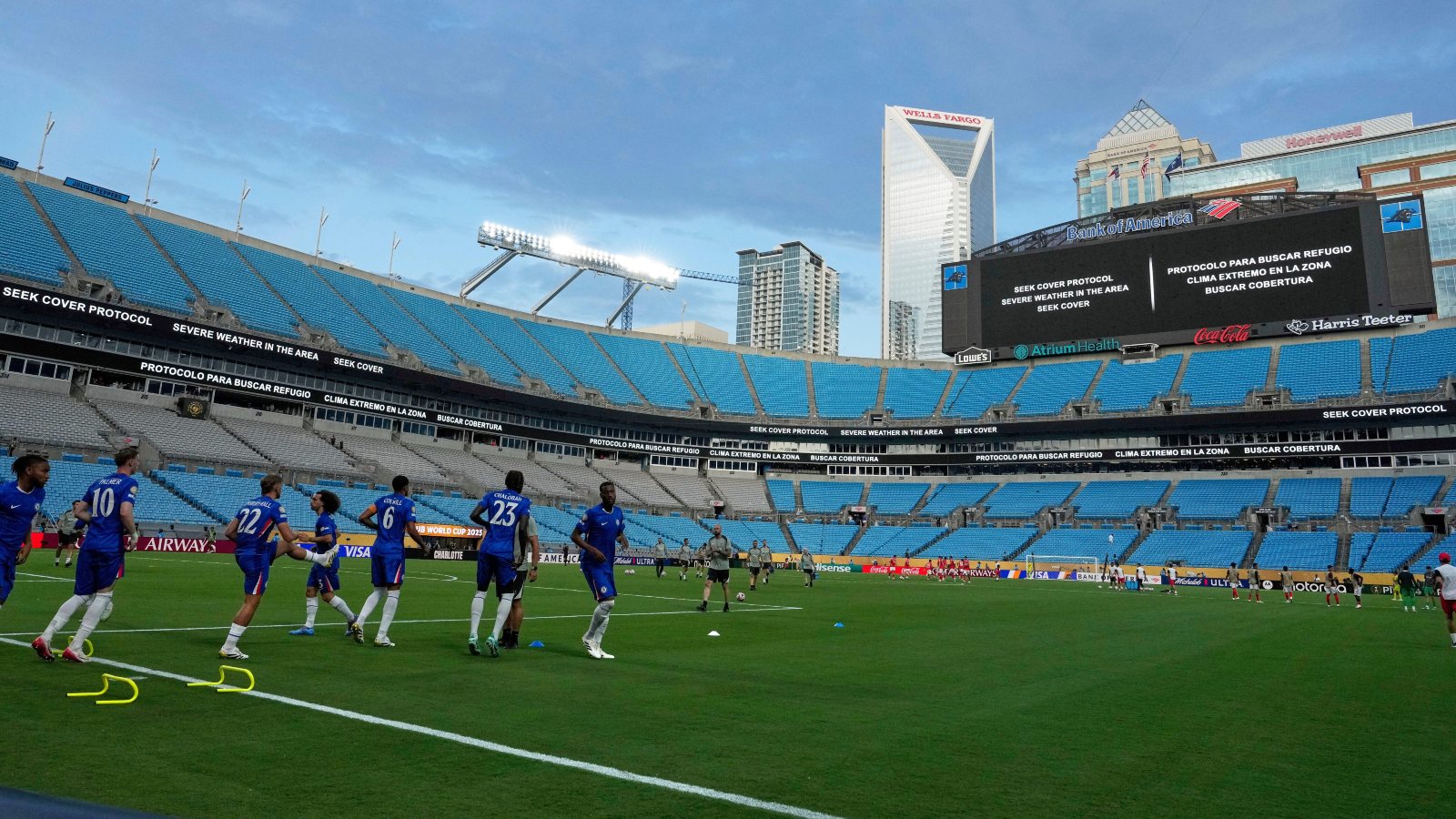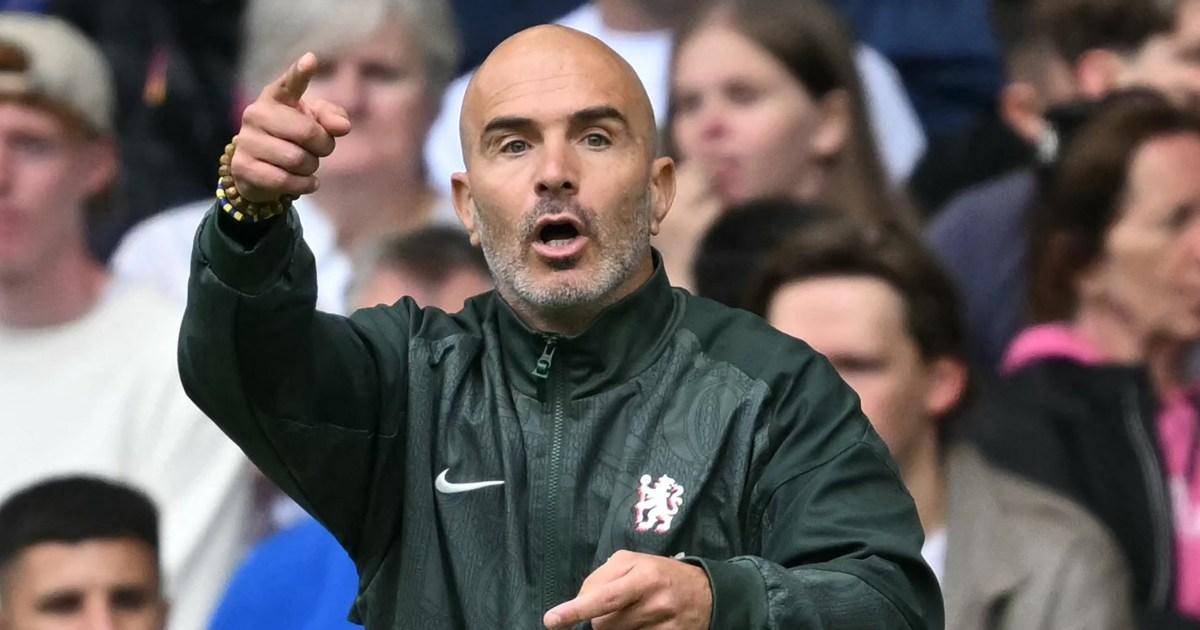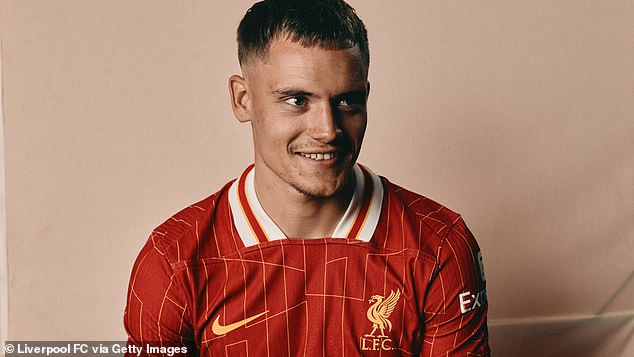At the 2014 World Cup in Brazil, the round-of-16 tie between the Netherlands and Mexico paused for three minutes while players drank water and staff ferried ice towels onto the pitch. It was more than a timeout; it was the first official ‘cooling break’ in World Cup history, instigated in Fortaleza with on-field temperatures reported up to 39°C and humidity at 68%.
The referee applied FIFA’s new provisions to stop play when conditions met a Wet Bulb Globe Temperature (WBGT) threshold. A small procedural change signalled a larger reality: extreme heat is no longer an occasional inconvenience but a structural factor in the world’s most popular sport.
In the decade since, the sport’s calendar itself has bent to the heat. The 2022 World Cup in Qatar was moved from its traditional June-July slot to November-December, a once-unthinkable shift justified by the ‘searing summer temperatures’ that average above 40°C in June.
FIFA’s decision reshaped domestic seasons across the globe to make room. The move mitigated the worst of the heat, but it also set a precedent: if the planet keeps warming, football will increasingly be forced to adapt when and how it plays.
Those adaptations already reach down into match operations. FIFA tie cooling breaks to heat stress using WBGT, a composite index that accounts for temperature, humidity, wind and radiant heat. Reporting around recent tournaments and leagues indicates FIFA treat a WBGT of 32°C as a key threshold for mandatory in-match cooling/drinks breaks in both halves.
Player-union guidance goes further. FIFPRO argue FIFA’s threshold is too high and recommends that if WBGT sits between 28 and 32°C, cooling breaks should happen near the 30th and 75th minutes; above 32°C, training and matches should be rescheduled. The union’s public materials also spell out practical mitigations such as ice towels, pre-cooling, shade and recovery protocol.
Europe has not been immune. During England’s red-alert heatwave in July 2022, UEFA implemented cooling breaks for Women’s Euro group games as temperatures spiked, an acknowledgement that even evening kick-offs could not fully offset risk.
Domestic leagues have made similar allowances during summer starts or unusually hot autumns, inserting first-half and second-half breaks at the referee’s discretion. The public-health rationale is straightforward: in hot conditions, core temperatures and cardiovascular strain rise quickly, dehydration accelerates and the risk of heat illness climbs.
Heat does not just threaten health; it changes the game itself. A growing sports-science literature connects hot environments with measurable declines in high-intensity outputs and decision-making. A 2025 review conducted by FIFPRO, the Portuguese player union SJPF and the Portuguese Football Federation reported reduced running distances at high speed and shifts toward lower-intensity activity when ambient temperatures climb past the high-20s Celsius.
Laboratory and match-analysis work has linked heat exposure with increased heart rates, higher core temperatures and degraded cognitive performance under fatigue – an unhelpful combination for a sport that demands repeated sprints and rapid choices in tight spaces.
The calendar question sits behind all of this. For decades, June and July were sacrosanct for international tournaments because Europe’s club season had finished and the weather in much of the Northern Hemisphere was agreeable. That logic looks less robust when heatwaves arrive earlier, last longer and push higher.
The Qatar 2022 shift showed that moving a mega-event to a cooler window is administratively possible; the snag is what it does to everything else. Domestic leagues compressed their schedules, cup competitions were squeezed and player recovery time shrank. Broadcasters and sponsors – whose preferences shape kick-off times – add another complication by favouring TV-friendly slots that can be among the hottest parts of the day in host cities far from Europe.
This summer brought the issue into even sharper focus. The FIFA Club World Cup staged across US cities in June was repeatedly framed by dangerous heat, prompting extra hydration breaks and on-site cooling measures. Reporting and expert analysis warned that many 2026 World Cup host cities could face WBGT readings above safety thresholds on a large share of summer afternoons, especially in open-air venues.
FIFPRO have publicly floated pragmatic tweaks – extending half-time from 15 to 20 minutes, adding more frequent, shorter cooling breaks – and reiterated a call to avoid early-afternoon kick-offs in hot markets. Climate scientists have urged organisers to use heat and health data as a primary input to scheduling rather than a late-stage bolt-on. The pattern is clear: heat is not a sideshow to be managed on the day; it is a design constraint for the tournament.
Tactically, managers are already experimenting with heat-aware football. Some sides lower the press and settle into mid-blocks to reduce repeat high-intensity efforts. Others emphasise longer possession phases to control tempo and limit transitions, where the most demanding sprints occur. Substitution patterns become more conservative, with earlier first changes and a premium on fresh legs in wide areas.
Sports-science teams adjust pre-cooling protocols, hydration plans and half-time routines – ice vests, slushies and menthol gels are all in the practical toolkit – while medical staff monitor players with prior heat-illness histories especially closely.
The temptation is to believe technology will carry football through. Air-conditioned stadiums, misting cannons, shaded fan zones and climate-controlled training facilities can reduce risk and organisers will point to them ahead of events.
But even the best infrastructure does not change the physiological limits that make human performance fragile in heat. As FIFPRO hasve put it in plain language, above certain WBGT levels, the correct response is not more breaks but rescheduling. That stance, supported by medical literature, may become the norm if summers continue to trend hotter.
What does a heat-resilient future look like? Earlier or later kick-offs, more night games, mandated cooling breaks at lower thresholds, longer half-times and tighter squad rotation backed by larger benches are easily imaginable and implementable tweaks. A bolder view might see a re-imagined international calendar that shifts major tournaments out of peak-heat windows by default and domestic leagues that build flexible “heat bye weeks” into summer schedules.
Football has accommodated winter breaks, five-sub rules and VAR in the name of player welfare and competitive integrity. Living with heat will demand similar pragmatism, guided by data rather than tradition.
A decade ago, a three-minute pause in Fortaleza looked like a curiosity. With every new heatwave, it looks more like an omen. The sport can either plan for the heat or keep stopping to catch its breath while the mercury rises.
To learn more about Pledgeball and how you can pledge to help your club shoot up the sustainability standings, visit Pledgeball.org.



